Greater Phoenix Vertical Living, Smart Planning, & Tech Growth
Greater Phoenix Rising Fast
Greater Phoenix is shifting fast. Not the desert. Not the sunshine. The way people live, move, and build. That's what's changing. This place isn’t just sprawling anymore. It's tightening up. Growing upward and getting sharper. Less car-dependent. More tech-heavy. It’s designing for a different kind of life. One where the strip mall fades and the mixed-use tower rises.
The Skyline’s Growing Taller In More Than One Spot
Forget just downtown Phoenix. Suburbs are getting in on the high-rise game too. Developers are chasing demand for vertical living and flexible space.
-
Suburban towers in Tempe, Chandler, and Mesa
-
Rooftop hangouts and coworking replacing backyard patios
-
Small units built around shared amenities
-
Ground-floor retail baked into new builds
-
Elevator buildings with transit connections
-
Less square footage, more lifestyle
-
Compact, high-access neighborhoods replacing isolated cul-de-sacs
The region’s shedding the sprawl mentality. People want to live where they can walk, work, and hang out.
Also Read: Greater Phoenix’s Journey To Becoming A True Tech Hub Giant

Autonomous Tech Is Quietly Redesigning The Streets
Self-driving cars aren’t a maybe. They’re already rolling through Greater Phoenix and that’s rewiring how planners think.
-
Waymo runs fully driverless rides across the Valley
-
Parking minimums are vanishing in key districts
-
Streets designed for bikes, scooters, and pickups
-
Micro-mobility zones expanding around retail cores
-
Wider sidewalks in new residential zones
-
Transit-oriented districts growing near light rail stops
-
"20-minute neighborhoods" moving from theory to practice
Mobility’s being flipped. Not just with new tech, but new priorities. Less private car use. More shared, smarter movement.
Sustainability Isn’t A Feature, It’s A Standard
In Greater Phoenix, survival depends on better design. Cooling the region. Saving water. Rethinking energy.
-
Solar panels standard on new multifamily rooftops
-
Xeriscaping pushed through city ordinances
-
Shade-first architecture in urban zones
-
Passive cooling baked into modern builds
-
Greywater reuse systems built into developments
-
Density over sprawl to save energy
-
Cooling corridors using trees and materials that reflect heat
Green is no longer optional. It’s part of the blueprint. And it’s coming from public codes and private investment alike.
Also Read: Apple’s $500 Billion Investment & Its Impact On AZ Real Estate

Tech Growth Is Rewriting The Region’s DNA
Greater Phoenix isn’t just attracting talent. It’s turning into a full-blown tech ecosystem. That changes everything.
-
Semiconductor giants scaling operations fast
-
Aerospace clusters hiring across multiple cities
-
AI startups setting up around ASU and Scottsdale
-
Tech workers pushing demand for urban amenities
-
Innovation zones fueling residential development
-
Remote work driving need for flexible housing
-
Talent pipelines connecting schools with new employers
Tech is fueling the shift toward smart design, dense living, and infrastructure that moves fast enough to keep up.
Old Malls & Warehouses Are Getting A Second Life
Greater Phoenix is leaning hard into reuse. Dead retail, old offices, forgotten warehouses—they’re all coming back in new forms.
-
Malls reimagined as residential villages
-
Strip centers converted into mixed-use communities
-
Offices turned into maker spaces and coworking labs
-
Churches and schools retrofitted as housing clusters
-
Industrial parks getting green retrofits
-
Adaptive reuse prioritized over demolition
-
Walkable hubs built from what was left behind
Why build new when there’s square footage just sitting there? Infill is where the action is.
Also Read: TSMC Announces Additional $165 Billion Investment Into Arizona

Collaboration Is What’s Actually Moving The Needle
No single group’s making this happen. It’s a full-court press. Everyone’s got a hand on the steering wheel.
-
Developers co-planning with regional transportation authorities
-
Universities designing curriculum based on housing trends
-
Tech leaders advising on future zoning
-
Architects and planners sharing data across municipalities
-
Local governments incentivizing eco-forward development
-
Startup accelerators backed by public and private money
-
Workforce training tied directly to regional buildout needs
The region isn’t guessing. It’s building with intent and shared vision.
It’s Not About Expansion Anymore
This isn’t sprawl 2.0. Greater Phoenix is growing inward. Tighter blocks. Smarter transit. Buildings that do more with less. And people who want access over acreage.
The momentum is real. The plans are already in motion. It's not a reinvention. It's a reset. A shift from wide-open space to compact, connected neighborhoods where everything is closer. Smarter. Cooler.
It’s not Greater Phoenix that changed. It’s how you live inside it now.
Also Read: Greater Phoenix’s March Towards Tech, Growth, And Innovation


















